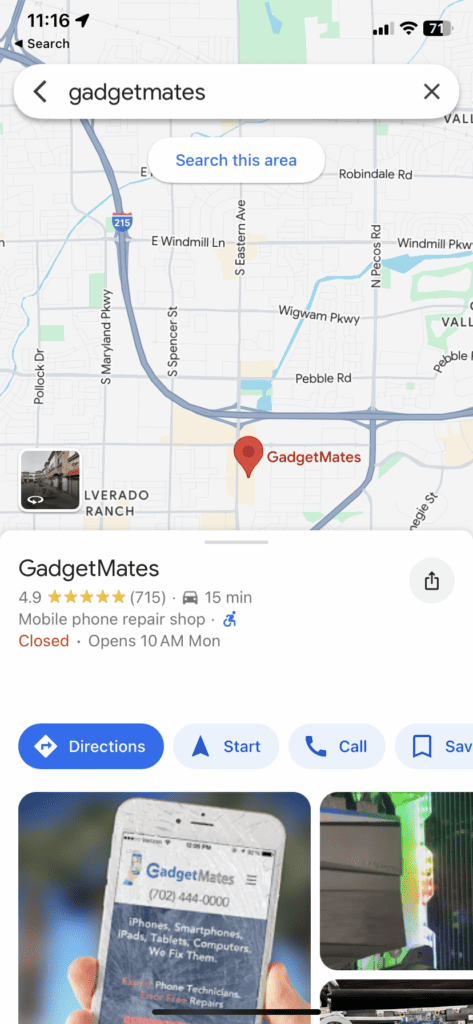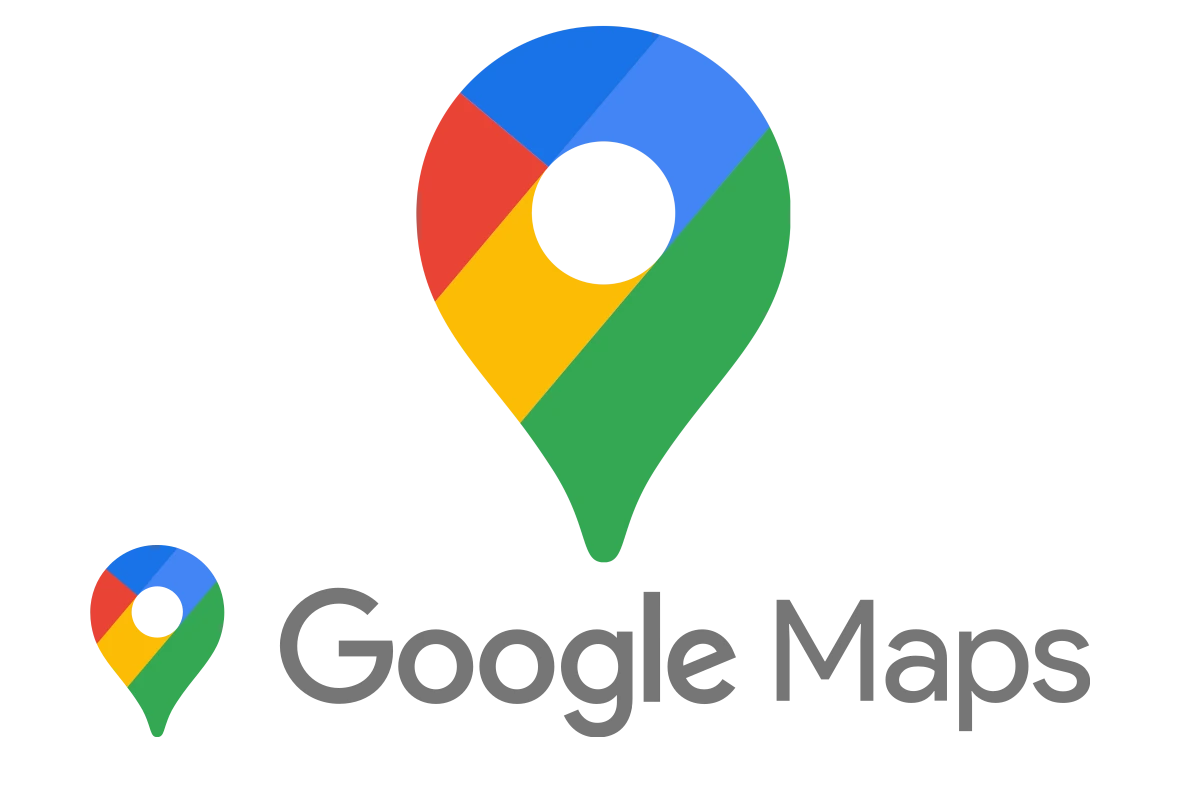Google Maps is one of the most widely used digital tools on the planet, relied upon by over a billion users every month. Beyond simple navigation, it powers countless applications, businesses, and innovations across industries. This article explores the many uses of Google Maps, how it works, and why it remains essential in our digital world.
1. Everyday Navigation and Directions
At its core, Google Maps helps users get from point A to point B efficiently. Whether you’re driving, biking, walking, or using public transit, the platform provides real-time directions based on current traffic, road closures, and transit schedules.
- Turn-by-turn navigation with voice guidance
- Real-time traffic updates using aggregated data from millions of devices
- Alternate route suggestions to avoid congestion
- Offline maps for areas with poor connectivity
2. Business Discovery and Local Search
Google Maps doubles as a local business directory, allowing users to find restaurants, shops, gas stations, and services near them. Businesses can manage their listings via Google Business Profile, helping customers discover them through:

- Reviews and ratings
- Photos, menus, and contact info
- Opening hours and peak times
- Directions and delivery options
This local search functionality makes Google Maps a critical tool for local SEO and digital marketing.
3. Data for Developers and Businesses
Through the Google Maps Platform, developers integrate mapping and location data into their own apps and websites. Over 5 million active apps and sites use these APIs every week (Google Maps Platform).
Common implementations include:
- Ride-sharing apps (e.g., Uber, Lyft)
- Real estate listings with map overlays
- Logistics and fleet management systems
- Travel and tourism platforms
This integration allows businesses to visualize, analyze, and optimize operations based on location intelligence.
4. Geographic and Environmental Insights
Google Maps is more than navigation — it’s also a geospatial data powerhouse. Its data sources include satellite imagery, Street View photography, third-party data providers, and user contributions (CLRN.org).
These data layers support:
- Urban planning and infrastructure development
- Disaster response and crisis mapping
- Environmental monitoring (e.g., deforestation, flooding)
- Scientific research and public policy
5. Travel Planning and Exploration
For travelers, Google Maps acts as a digital guidebook. With integrated reviews, photos, and curated lists, users can plan trips, explore landmarks, and even preview streets via Street View before visiting.
Features like:
- Saved lists and starred places
- “Explore” tab for nearby attractions
- Immersive View combining aerial and street imagery
make it easier than ever to plan adventures anywhere in the world.
6. Accessibility and Community Contributions
Google Maps also emphasizes accessibility and inclusivity. Users can find wheelchair-accessible routes, entrances, and facilities. Through Local Guides and user contributions, the platform continuously improves with up-to-date information, photos, and reviews from the community.
7. Privacy and Data Use
While Google Maps collects data such as location, search history, and device information, users can control how it’s used. Google provides privacy settings like Incognito Mode, Location History controls, and data deletion options (Google Privacy Overview).
Conclusion
From guiding your morning commute to powering global logistics and environmental research, Google Maps is far more than a navigation app — it’s a foundational layer of the modern digital world. Its combination of real-time data, user contributions, and advanced mapping technology continues to shape how we navigate, discover, and connect with the world around us.
Sources:







